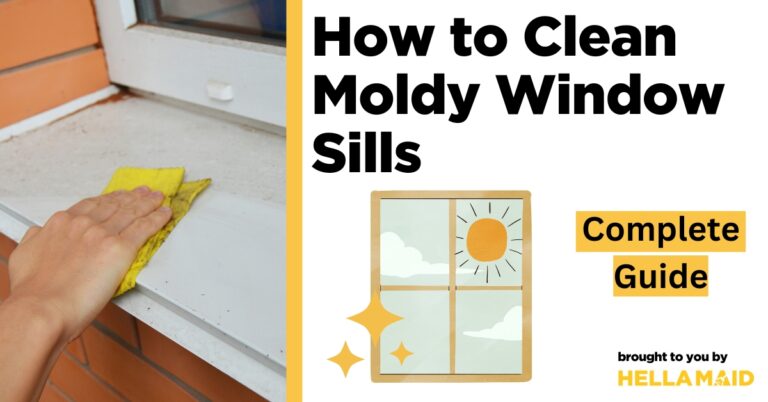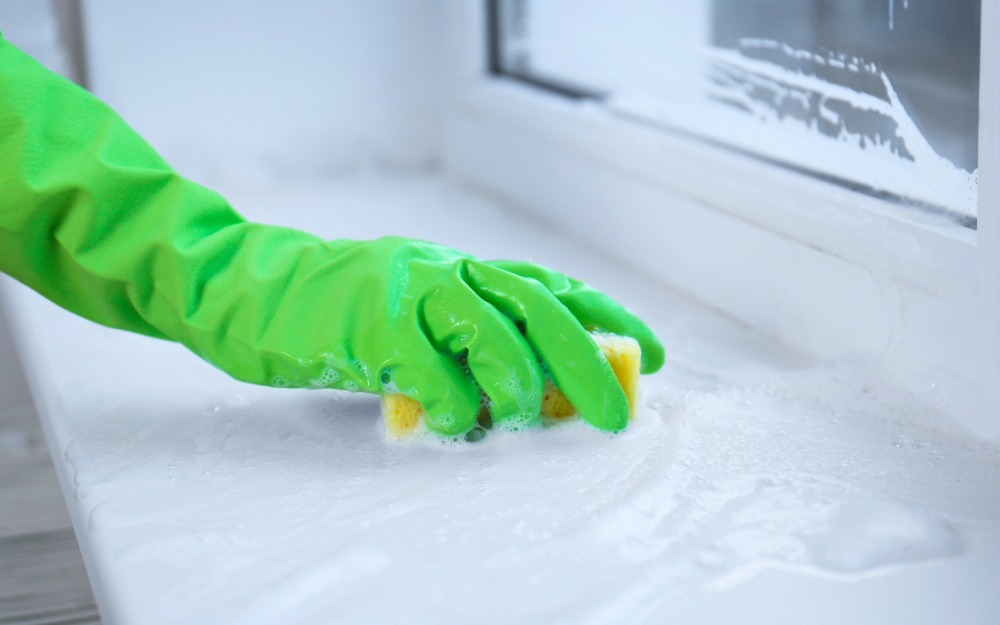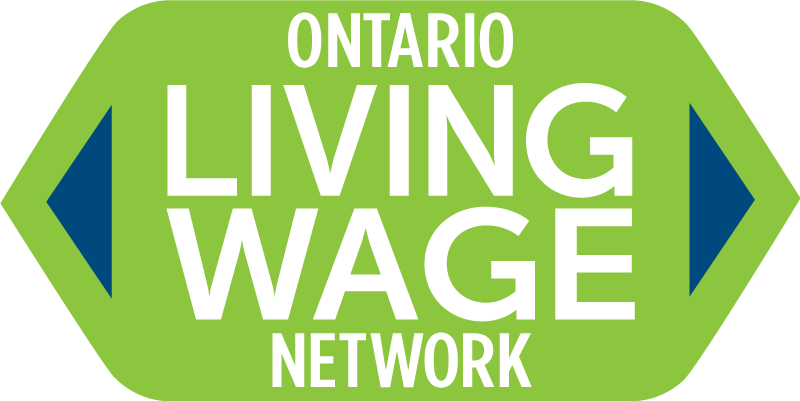Moldy window sills are not only unsightly but also pose potential health risks. Removing mold from window sills is essential to maintain a clean and healthy indoor environment. In this guide, we’ll explore effective methods and tips for cleaning moldy window sills safely and efficiently.
Understanding Moldy Window Sills
Mold thrives in damp, poorly ventilated areas, making window sills an ideal breeding ground. Condensation buildup, inadequate ventilation, and organic matter provide the perfect conditions for mold growth. Besides being aesthetically displeasing, mold can also trigger allergies and respiratory issues, making it crucial to address moldy window sills promptly.
Gather Your Supplies
Collect the necessary cleaning supplies, including:
- White vinegar or hydrogen peroxide
- Baking soda
- Warm water
- Spray bottle
- Scrub brush or sponge
- Microfiber cloth
DIY Cleaning Solutions for Moldy Window Sills
In addition to commercial cleaning products, you can use common household items to create effective DIY cleaning solutions for moldy window sills. Here are a few options to consider:
1. White Vinegar Solution
- Mix equal parts white vinegar and water in a spray bottle.
- Spray the solution onto the moldy window sills and let it sit for about an hour.
- Scrub the affected areas with a brush or sponge, then rinse with water and wipe dry.
2. Hydrogen Peroxide Solution
- Dilute hydrogen peroxide with water in a 1:1 ratio.
- Apply the solution to the moldy areas and allow it to sit for 10-15 minutes.
- Scrub the window sills with a brush or sponge, then rinse thoroughly and wipe dry.
3. Baking Soda Paste
- Make a paste using baking soda and water.
- Apply the paste to the moldy window sills and let it sit for 10-15 minutes.
- Scrub the affected areas with a brush or sponge, then rinse with water and wipe dry.
Step-by-Step Guide to Cleaning Moldy Window Sills
Follow these steps on how to clean window sills effectively:
- Before starting the cleaning process, ensure your safety by wearing protective gear such as gloves, a mask, and goggles. Mold spores can be harmful when inhaled or come into contact with skin, so taking precautions is essential.
- Create a cleaning solution by mixing equal parts white vinegar or hydrogen peroxide and water in a spray bottle. Alternatively, you can make a paste using baking soda and water for stubborn mold stains.
- Spray the cleaning solution onto the moldy window sills, ensuring thorough coverage. Use a scrub brush or sponge to scrub the affected areas gently. Pay close attention to grooves and crevices where mold tends to hide.
- After scrubbing, rinse the window sills with clean water to remove any residue. Wipe the surface dry with a microfiber cloth to prevent moisture buildup, which can promote mold growth.
- To prevent mold from returning, ensure proper ventilation in the area by opening windows or using a dehumidifier. Regularly inspect and clean window sills to remove dust and moisture buildup, which can attract mold spores.
Cleaning Agents to Avoid When Cleaning Window Sills
While there are many effective cleaning solutions for moldy window sills, it’s essential to avoid certain cleaning agents that may be harmful or ineffective. Here are some cleaning agents to steer clear of:
1. Bleach
- While bleach is a powerful disinfectant, it can be too harsh for cleaning window sills and may cause damage to surfaces.
- Bleach can also release harmful fumes when mixed with other cleaning products, posing health risks.
2. Ammonia
- Ammonia-based cleaners are abrasive and may strip finishes or damage surfaces, especially on wooden window sills.
- Inhalation of ammonia fumes can irritate the respiratory system and cause discomfort.
3. Harsh Abrasives
- Avoid using abrasive cleaners or scouring pads on window sills, as they can scratch or etch surfaces.
- Abrasive cleaners may also leave behind residue that can attract dirt and moisture, leading to mold growth.
4. Strong Chemicals
- Cleaning products containing harsh chemicals, such as formaldehyde or triclosan, should be avoided.
- These chemicals can be harmful to your health and the environment and may not effectively remove mold from window sills.
5. Petroleum-Based Products
- Petroleum-based cleaners, such as mineral spirits or kerosene, should not be used on window sills.
- These products can leave behind oily residues that attract dust and dirt, creating an ideal environment for mold growth.
Do’s and Don’ts When Cleaning Moldy Window Sills
Cleaning moldy window sills requires caution and proper technique to ensure effective removal without causing damage or spreading mold spores. Here are some essential do’s and don’ts to keep in mind:
Do’s:
- Always wear gloves, a mask, and goggles to protect yourself from exposure to mold spores and cleaning chemicals.
- Open windows and doors to improve ventilation and reduce the concentration of mold spores in the air.
- Choose effective cleaning agents such as white vinegar, hydrogen peroxide, or baking soda to remove mold from window sills.
- Before applying a cleaning solution to the entire window sill, test it in a small, inconspicuous area to ensure compatibility with the surface material.
- Use a soft-bristled brush or sponge to scrub moldy areas gently. Avoid using abrasive materials that may damage the surface.
- After cleaning, thoroughly dry the window sills with a clean cloth to prevent moisture buildup, which can promote mold growth.
Don’ts:
- Don’t mix cleaning products especially those containing bleach or ammonia, as this can create toxic fumes.
- Don’t use excessive water as this can lead to moisture buildup and potentially cause damage to surrounding areas.
- Don’t ignore safety precautions. Take safety precautions seriously and avoid direct contact with mold or cleaning solutions without proper protection.
- Don’t neglect regular maintenance. Prevent mold growth by regularly inspecting and cleaning window sills to remove dust, dirt, and moisture buildup.
- Don’t ignore signs of mold. Address moldy window sills promptly to prevent further spread of mold and potential health risks associated with mold exposure.
Cleaning moldy window sills is essential for maintaining a clean and healthy home environment. By following these step-by-step instructions, you can effectively remove mold and prevent its recurrence. Regular maintenance and preventive measures are key to keeping your window sills mold-free in the long run.





























